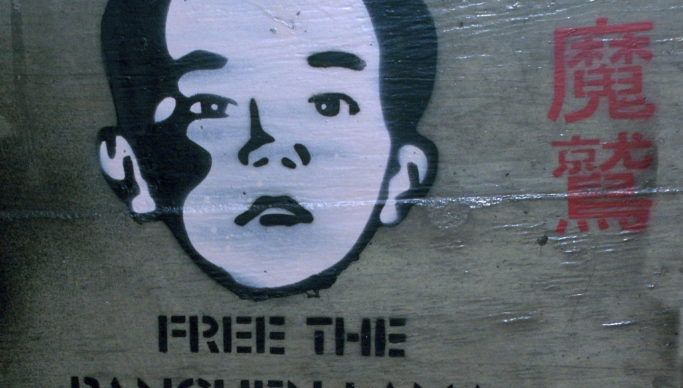
China’s Human Rights Crimes Create A Precarious Future For Tibetan Buddhism
- By Geoffrey Peters --
- 12 Jul 2023 --
He is the youngest political prisoner in modern history. Kidnapped nearly three decades ago at age six, he has not been seen since. What was it about this child that so terrified the People’s Republic of China (PRC) that they abducted not only him but his family?
It was because that year, 1995, the Dalai Lama selected the child, Gedhun Choekyi Nyima, to be the reincarnations of Tibetan Buddhism’s Panchen Lama, second only in importance to the Dalai Lama himself.
Three days later, the PRC seized the boy and his family, and he has never been publicly seen since. The PRC then named another Panchen Lama, who has “held that position” ever since. The move, seen as political, was not accepted by the international Buddhist community. Each spring Buddhists around the world mark Gedhun Choekyi Nyima’s birthday—and another year in captivity—with demands that he be released.
In March 2019, marking the 60th anniversary of the Dalai Lama’s flight from Tibet, Samuel D. Brownback, then Ambassador at Large for International Religious Freedom, said that Chinese authorities’ handling of the Panchen Lama selection “indicates that they are likely to interfere with the selection of the next Dalai Lama. The international community must make clear now that we believe that members of the Tibetan communities, like members of all faith communities, should be able to select, educate, and venerate their religious leaders without government interference.”
The following year Chinese Foreign ministry spokesperson Zhao Lijian said Gedhun Choekyi Nyima “received free compulsory education when he was a child, passed the college entrance examination and now has a job.” Zhao said neither man, then 31 years old, nor his family wishes to be disturbed in their “current normal lives.” No other details were given.
Then-U.S. Secretary of State Mike Pompeo also issued a statement in response calling on China to “immediately make public the Panchen Lama’s whereabouts and to uphold its own constitution and international commitments to promote religious freedom for all persons.”
The Kashag, Tibet’s self-declared government-in-exile in India weighed in a few days later with a strong accusation: “China’s abduction of the Panchen Lama and forcible denial of his religious identity and right to practice in his monastery is not only a violation of religious freedom but also a gross violation of human rights.”
The UN Working Group on Enforced or Involuntary Disappearances classifies Nyima and his family’s kidnapping and ensuing decades-long detention an enforced disappearance, defined as a continuing crime that persists for “as long as perpetrators continue to conceal the fate and whereabouts of persons who have disappeared.” The Working Group is yet another entity that demands the PRC disclose the truth of Nyima’s fate or location.
The disappearance of the legitimate Panchen Lama casts doubt on the future of Tibetan Buddhism, its future leadership and direction. The centuries-old traditional mode of succession has been that upon the death of the Dalai Lama and other revered lamas, the search for the successor among those recently born would be guided by certain signs and portents that would reveal the new identity of the reincarnated being is. There would then be an interregnum period while the child learns and grows, which historically has often been filled with intrigue and civil tension. Such a period would be particularly difficult in our time, with the PRC in control of Tibetan Buddhism and enforcing its will on its followers. When the Dalai Lama—in exile in India but nevertheless the acknowledged head of Tibetan Buddhism—passes away, a collision course towards a serious human rights crisis embroiling China with the U.S. and India could be set in motion.
The Dalai Lama, at 87, has had this matter on his mind for quite some time. In 2011 he issued a statement asserting an alternative to reincarnation, stating that superior Bodhisattvas (“a person who is able to reach nirvana but delays doing so out of compassion in order to save suffering beings”) can manifest themselves into multiple bodies simultaneously, and so can “manifest an emanation” while still alive. This would allow the Dalai Lama to “emanate” into another person before his death, and thereby choose his successor.
The idea of an atheistic government with no use for or belief in past or future lives making a spiritual decision affecting the lives of millions in the near future is repugnant to many, yet it may come to just that, and ironically the loser may be that very government.
As the Dalai Lama said in 2019, “In future, in case you see two Dalai Lamas come, one from here, in free country, one chosen by Chinese, then nobody will trust, nobody will respect [the one chosen by China]. So that’s an additional problem for the Chinese.”


















